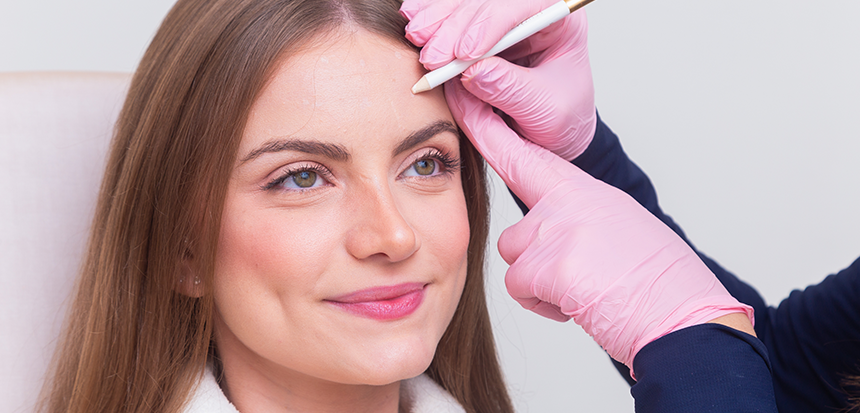
Dermal fillers are cosmetic procedures used to fill wrinkles, correct facial contours, or add volume to the face. These filler substances are typically composed of natural or synthetic materials like hyaluronic acid. Botox, on the other hand, is an injection treatment derived from the bacterium Clostridium botulinum. Botox injections temporarily paralyze muscles, reducing the appearance of dynamic wrinkles on the face.
Dermal fillers and Botox treatments are usually performed on individuals seeking to diminish signs of aging, enhance facial features, or add volume to specific areas. However, they may not be suitable for pregnant or breastfeeding individuals, those with recent infections, or specific medical conditions.
In dermal filler procedures, the chosen filler substance is injected beneath the skin using fine needles. This is done to fill wrinkles or add volume to targeted areas. Botox injections are administered into specific muscle groups, temporarily relaxing the muscles and reducing the appearance of wrinkles.
When performed by a properly trained healthcare professional, dermal fillers and Botox procedures are generally safe. However, potential side effects include infection, swelling, redness, sensitivity, or undesirable outcomes. It's important to select an experienced specialist and share your medical history before undergoing the procedure.
The recovery period can vary from person to person but typically, you can expect to see improvement within a few days. Botox results often become noticeable within a few days, whereas dermal filler results can be immediately noticeable. Full recovery might take a few weeks.
Remember that this information provides a general overview, and it's advisable to consult a healthcare professional for more detailed information about dermal fillers and Botox procedures.
After the procedure, you might need to consider the following: